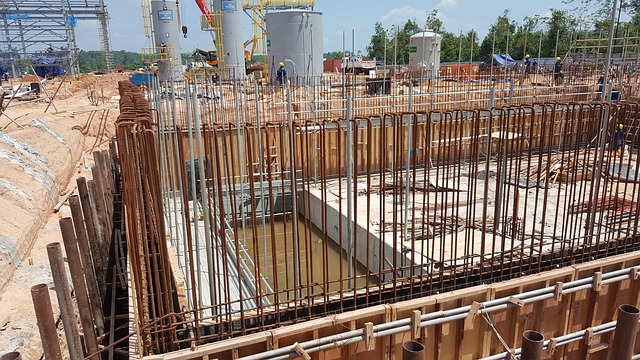To install stone underpinning, the first step is to measure the perimeter of the house. The height of the stone blocks should be determined as well. The thickness of the material should not exceed four inches. The thickness of the material should be at least one foot larger than the stone. Once these measurements are obtained, homeowners can purchase the underpinning material. It is also important to measure the height from the ground. This information is crucial because it will avoid overspending on the material. Underpinning a home can be done using many different materials. Bricks, stone, or concrete are the most popular. It provides the most significant protection. If you're planning to install underpinning on a stone wall, you'll need the services of a skilled mason. This type of underpinning requires a skilled mason. The mason will build the underpinning just like he would a wall. Underpinning is a vital part of building maintenance. Without it, the structure of your home will collapse or sag. Underpinning will keep the foundation secure and protect your home's foundation from further damage. It's also a good way to keep your house looking its best. You can use concrete blocks to build the foundation. If you're planning on installing stone underpinning on your home, ask a local home improvement store for a free estimate. If you're building on a sloping piece of ground, consider using a stone underpinning method. While traditional underpinning methods involve building on a footer, modern underpinning uses micropiles to extend the foundation. The best way to install underpinning is to follow local regulations, so the county's building office should be consulted before beginning the process. This is an important step in the process of building a home. Aside from stone underpinning, there are many other types of underpinning. You can purchase underpinning that matches the siding of your house. This will give you a seamless look from the roof line to the ground. Unlike the typical underpinning method, you can remove the underpinning to see the original siding. Depending on your preferences and the size of your house, you can also buy underpinning that blends with the existing siding. If you're adamant about the durability of your stone foundation, you may want to choose a faux-stone underpinning material. These products can be applied to any surface and are generally light and durable. They can also add a decorative finish to your home. Once the underpinning process is complete, the project typically takes a day or two. A concrete underpinning project will take about two days to complete. The cost of stone underpinning varies, but the average price range is around $100 to $135 for one panel. The cost for a single panel is between ten and fifteen dollars. You can also purchase underpinning with access doors and foundation vents. These products are often available in small packages that include all the necessary hardware and fasteners. They are also made to be energy-efficient and require no additional plumbing. Moreover, they are installed under the ground, not on top. Depending on the type of underpinning, you may have to hire a professional. The cost of underpinning will depend on how many units you need to install. For a single-floor underpinning, you can do it yourself, but you should still have the skills to perform the project yourself. In addition, you can hire friends or family members to do it for you. Moreover, you can choose between two and four different installers. When it comes to stone accents, the cost depends on the style of the home. For example, a home with soft golden yellow siding should avoid using stones that have a purplish undertone. If you are looking for an accent, you should choose stone that compliments the siding and doesn't clash with it. Achieving a balance between affordability and quality is critical. Once you have chosen a stone accent, it's time to match it with the rest of the home. When choosing stone underpinning, consider the style of your home. A Victorian rambler doesn't look good with sandstone underpinning. A modern home with modern designs can benefit from angular lines. Likewise, a 1930s brick bungalow could look great with mosaic-style stone underpinning. You can also consider a faux-stone skirting to add curb appeal to a mobile home.


